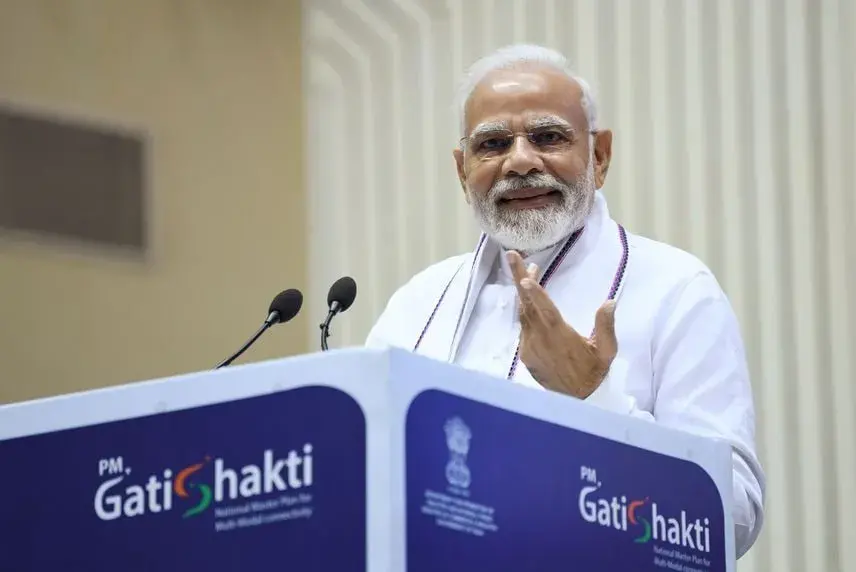Justice D.Y. Chandrachud appointed as the 50th CJI, to take oath on Nov 9
Justice Dhanajaya Yeshwant Chandrachud was appointed on Monday by President Droupadi Murmu to serve as India’s 50th Chief Justice. As of November 8, Justice Chandrachud will succeed Chief Justice U U Lalit. According to a government notification, “In exercise of the powers conferred by clause (2) of Article 124 of the Constitution of India, the President is pleased to appoint Dr Justice Dhananjaya Yeshwant Chandrachud, Judge of the Supreme Court, to be the Chief Justice of India with effect from 9 November, 2022.” On November 10, 2024, Justice Chandrachud is set to retire. With a two-year term, this will be the CJI’s longest tenure in almost ten years. Justice Chandrachud, a law graduate of Delhi University, earned his LLM and his Doctor of Juridical Science from Harvard Law School. In June 1998, the Bombay High Court designated him a senior advocate. He practised law at both the Supreme Court and the Bombay High Court. From 1998 till his appointment as a judge of the Bombay High Court on March 29, 2000, he worked as Additional Solicitor General. Additionally, he oversaw the Maharashtra Judicial Academy. On October 31, 2013, Justice Chandrachud was named Chief Justice of the Allahabad High Court. On May 13, 2016, he was named a Supreme Court judge. He authored significant decisions during his time in the SC, including the precedent-setting Constitution Bench decisions decriminalising homosexuality, decriminalising adultery, and recognising privacy as a basic right, among others. He had led a group that had travelled in many areas to ease the suffering that people had experienced during the Covid-19 issue, referring to the devastating second wave of the pandemic as a “national crisis” last year. Justice Chandrachud was recently one of the two SC Collegium judges who opposed to the “circulation” approach used to get opinions from its members over the appointment of judges to the top court. Justice Chandrachud is the son of Justice Y V Chandrachud, the Chief Justice of India with the longest tenure (he served from February 22, 1978, to July 11, 1985).
Justice D.Y. Chandrachud appointed as the 50th CJI, to take oath on Nov 9 Read More »










